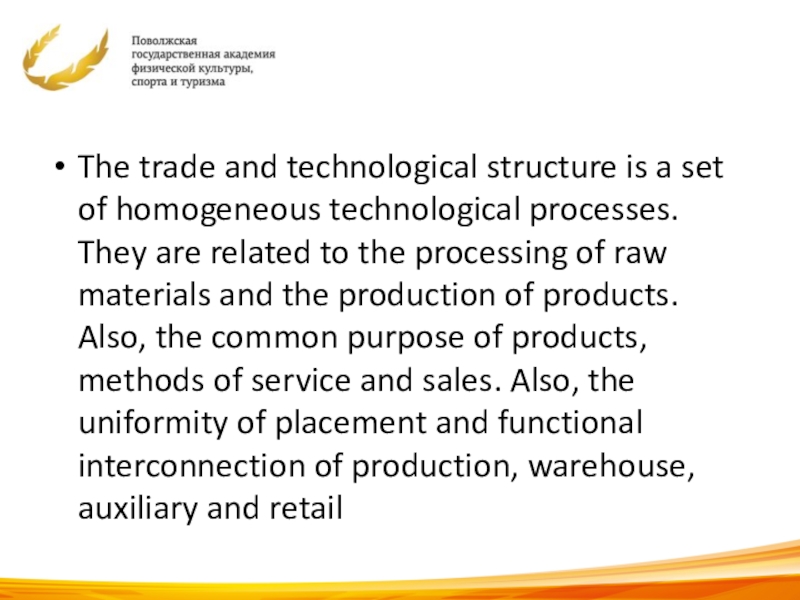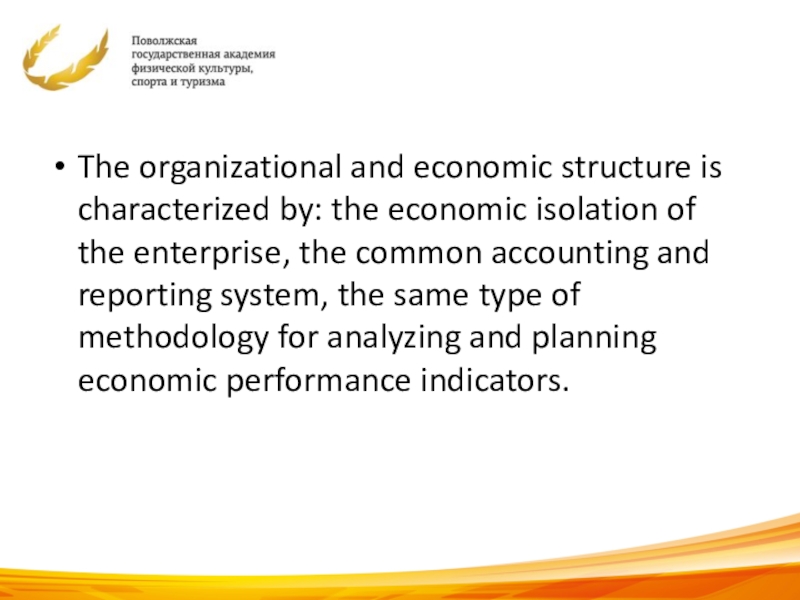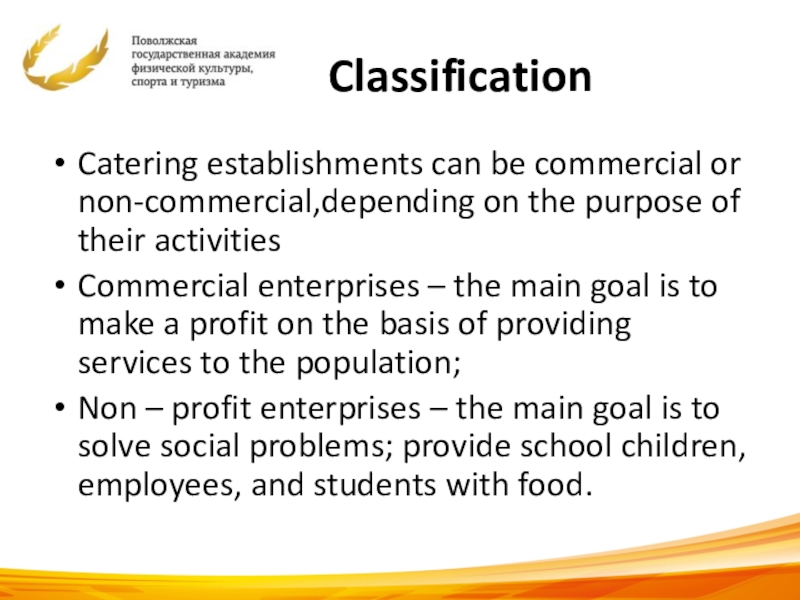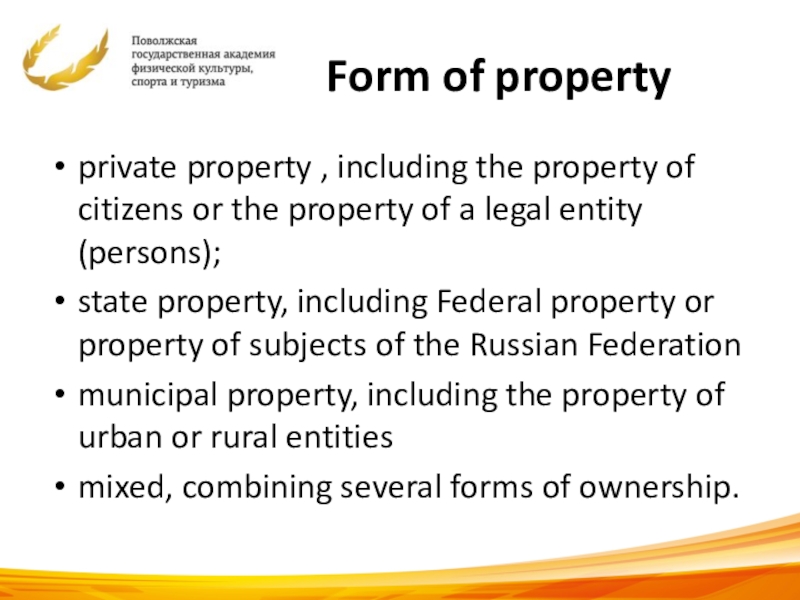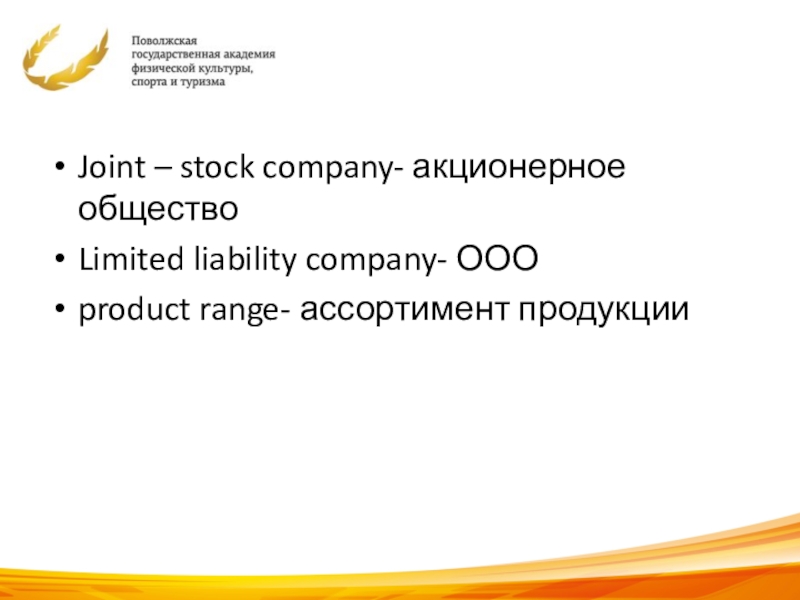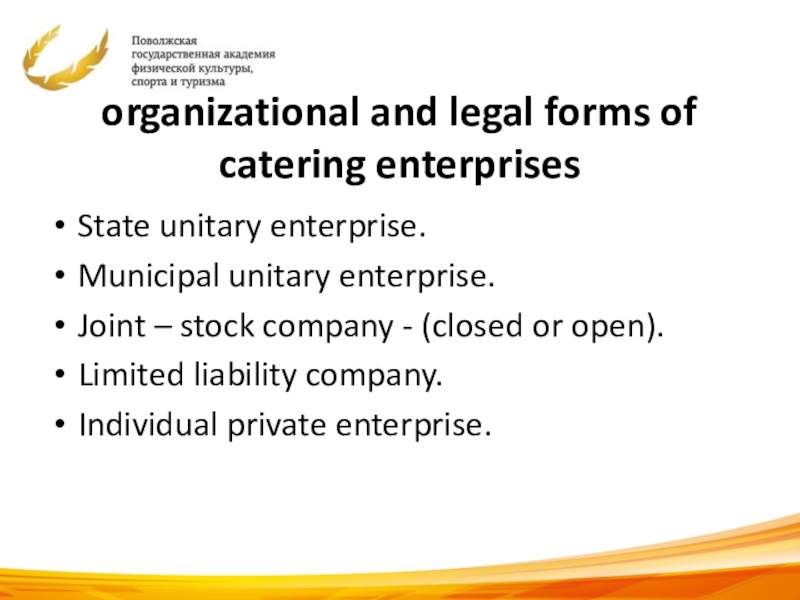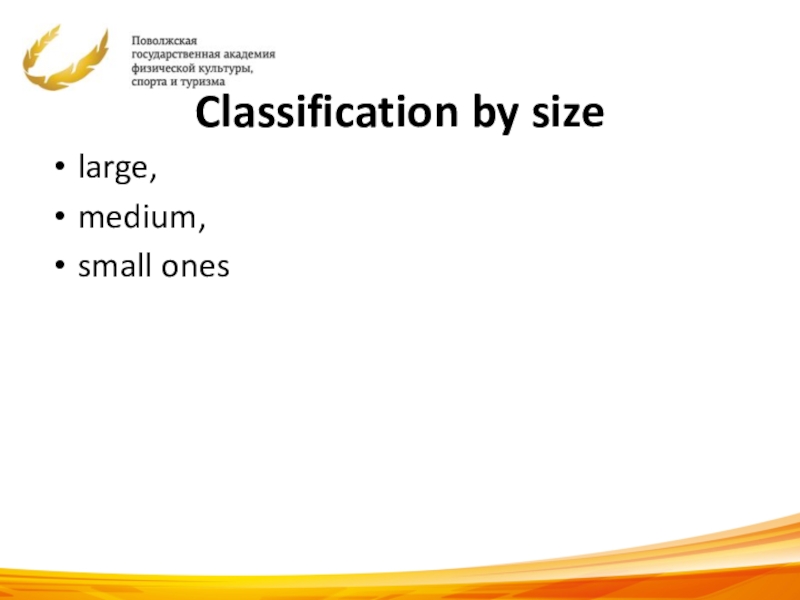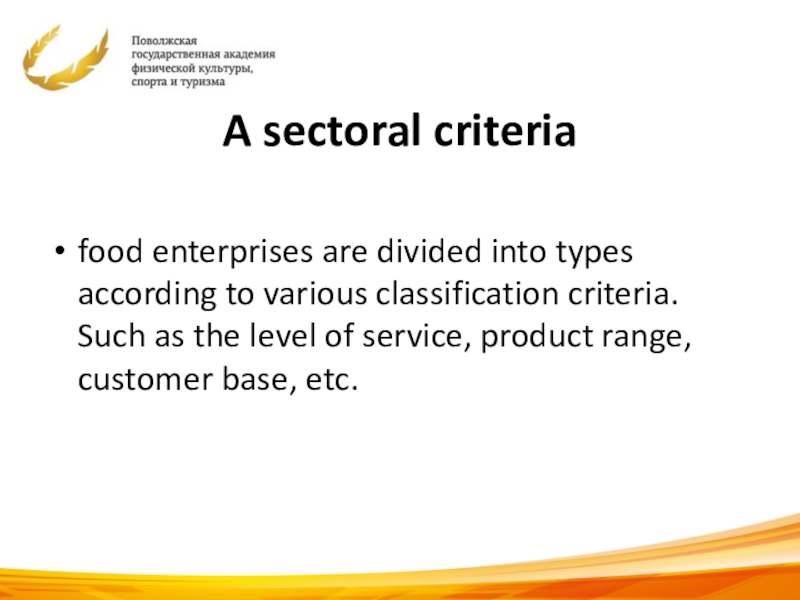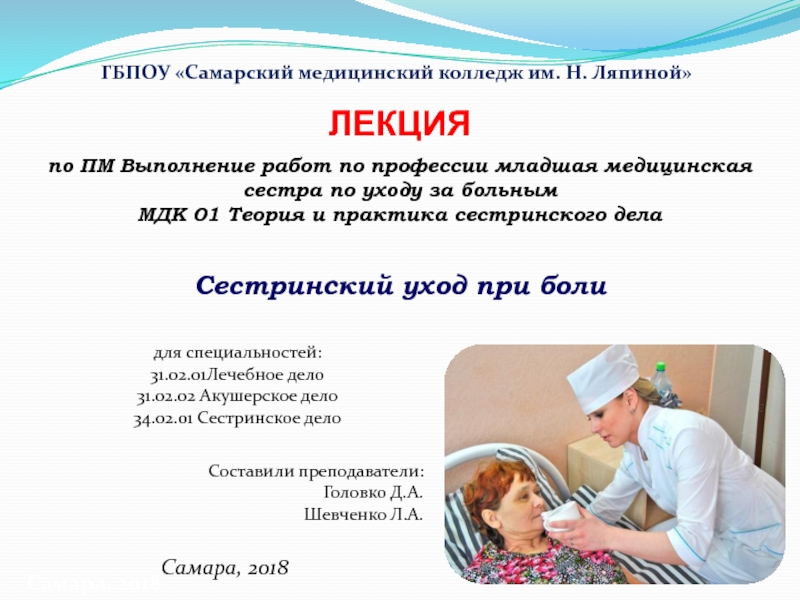Разделы презентаций
- Разное
- Английский язык
- Астрономия
- Алгебра
- Биология
- География
- Геометрия
- Детские презентации
- Информатика
- История
- Литература
- Математика
- Медицина
- Менеджмент
- Музыка
- МХК
- Немецкий язык
- ОБЖ
- Обществознание
- Окружающий мир
- Педагогика
- Русский язык
- Технология
- Физика
- Философия
- Химия
- Шаблоны, картинки для презентаций
- Экология
- Экономика
- Юриспруденция
structure of food companies
Содержание
- 1. structure of food companies
- 2. Субъект-entityan independent economic entity-самостоятельно хозяйствующий субъектan entrepreneur-предпринимательlegislation [leʤɪsˈleɪʃn]- законодательствоmake a profit-получить прибыль
- 3. In accordance with the civil code of
- 4. Legal aspect-юридический аспектIntended-предназначенныйconfectionery [kənˈfekʃən(ə)rɪ]- кондитерские изделияorganization of consumption[kənˈsʌmpʃn]- организация потребления
- 5. Legal aspectA public food enterprise is an
- 6. legal point of view- с точки зрения законаrights and obligations- права и обязанности
- 7. From a legal point of view, public
- 8. subordination of management bodies- соподчиненность органов управленияconstitute-составлятьparticipants- участникиregulate relations- регламентируют отношения
- 9. Organizational unity – the presence of hierarchy
- 10. Property isolation- имущественная обособленностьlabor resources- трудовые ресурсы
- 11. Property isolation – the availability of material,
- 12. liability [laɪəˈbɪlɪtɪ]-ответственностьimplement- осуществлениеplaintiff [ˈpleɪntɪf]-истецdefendant [dɪˈfendənt]-ответчикin court [ɪn kɔːt]- в суде
- 13. Independent civil liability for all obligations under
- 14. land plot [lænd plɒt]- земельный участокpremises [ˈpremɪsɪz]-
- 15. The economic
- 16. premises [ˈpremɪsɪz]- помещениеhomogeneous [həˈmɒʤɪnəs] –однородныйraw materials [rɔː məˈtɪərɪəlz] -сырьевые ресурсы
- 17. A sectoral aspectA
- 18. interconnection [ɪntəkəˈnekʃn] – взаимосвязьwarehouse [ˈweəhaʊs] - складское помещение,auxiliary [ɔːgˈzɪljərɪ] - вспомогательный,
- 19. The trade and technological structure is a
- 20. The organizational and economic structure is characterized
- 21. ClassificationCatering
- 22. Слайд 22
- 23. Joint – stock company- акционерное обществоLimited liability company- ОООproduct range- ассортимент продукции
- 24. organizational and legal forms of catering enterprisesState
- 25. Classification by sizelarge,medium,small ones
- 26. A sectoral criteriafood enterprises are divided into
- 27. Thank you for attention
- 28. Скачать презентанцию
Субъект-entityan independent economic entity-самостоятельно хозяйствующий субъектan entrepreneur-предпринимательlegislation [leʤɪsˈleɪʃn]- законодательствоmake a profit-получить прибыль
Слайды и текст этой презентации
Слайд 2Субъект-entity
an independent economic entity-самостоятельно хозяйствующий субъект
an entrepreneur-предприниматель
legislation [leʤɪsˈleɪʃn]- законодательство
make a
profit-получить прибыль
Слайд 3In accordance with the civil code of the Russian Federation,
an enterprise is an independent economic entity. The company was
created by an entrepreneur or an Association of entrepreneurs in accordance with the procedure established by the legislation of the Russian Federation. The company was created for the production and sale of products, goods and services in order to meet public needs and make a profit.Слайд 4Legal aspect-юридический аспект
Intended-предназначенный
confectionery [kənˈfekʃən(ə)rɪ]- кондитерские изделия
organization of consumption[kənˈsʌmpʃn]- организация потребления
Слайд 5Legal aspect
A public food enterprise is an enterprise intended for
the production of culinary products, flour, confectionery and bakery products,
their sale and (or) organization of consumption.Слайд 7From a legal point of view, public catering companies act
as a legal entity. They have the same rights and
obligations under the law as enterprises in other fields of activity.Слайд 8subordination of management bodies- соподчиненность органов управления
constitute-составлять
participants- участники
regulate relations- регламентируют
отношения
Слайд 9Organizational unity – the presence of hierarchy and subordination of
management bodies. They constitute the structure of the enterprise and
regulate relations between participants.Слайд 11Property isolation – the availability of material, financial and labor
resources that belong only to this enterprise and create the
material base of its activities.Слайд 12liability [laɪəˈbɪlɪtɪ]-ответственность
implement- осуществление
plaintiff [ˈpleɪntɪf]-истец
defendant [dɪˈfendənt]-ответчик
in court [ɪn kɔːt]- в суде
Слайд 13Independent civil liability for all obligations under the law.
Performance in
civil law on their own behalf, that is, the implement
of their civil rights, obligations, performance by the plaintiff and the defendant in court.Слайд 14land plot [lænd plɒt]- земельный участок
premises [ˈpremɪsɪz]- помещения
cutlery [ˈkʌtlərɪ]- столовые
приборы
debt [det]- долг, задолженность
right of claim-право требования
intangible assets [ɪnˈtænʤəbl ˈæsets]-
нематериальные активыСлайд 15The economic aspect
the object of
civil rights of an enterprise is “a property complex used
for conducting business".land plot;
buildings, structures, and premises;
equipment (thermal, refrigerating, mechanical, etc.)
household equipment (dishes, Cutlery, table linen, workwear, etc.);
cash resources;
debts and claims;
property rights (trademarks, samples);
intangible assets
Слайд 16premises [ˈpremɪsɪz]- помещение
homogeneous [həˈmɒʤɪnəs] –однородный
raw materials [rɔː məˈtɪərɪəlz] -сырьевые ресурсы
Слайд 17A sectoral aspect
A material structure is
a community of material resources. Use of the same type
of premises, homogeneous production and technological equipment, raw materials, and similar enterprises.Слайд 18interconnection [ɪntəkəˈnekʃn] – взаимосвязь
warehouse [ˈweəhaʊs] - складское помещение,
auxiliary [ɔːgˈzɪljərɪ] -
вспомогательный,
Слайд 19The trade and technological structure is a set of homogeneous
technological processes. They are related to the processing of raw
materials and the production of products. Also, the common purpose of products, methods of service and sales. Also, the uniformity of placement and functional interconnection of production, warehouse, auxiliary and retailСлайд 20The organizational and economic structure is characterized by: the economic
isolation of the enterprise, the common accounting and reporting system,
the same type of methodology for analyzing and planning economic performance indicators.Слайд 21 Classification
Catering establishments can be
commercial or non-commercial,depending on the purpose of their activities
Commercial enterprises
– the main goal is to make a profit on the basis of providing services to the population;Non – profit enterprises – the main goal is to solve social problems; provide school children, employees, and students with food.
Слайд 22 Form
of property
private property , including the property of citizens or
the property of a legal entity (persons);state property, including Federal property or property of subjects of the Russian Federation
municipal property, including the property of urban or rural entities
mixed, combining several forms of ownership.

![structure of food companies Субъект-entityan independent economic entity-самостоятельно хозяйствующий субъектan entrepreneur-предпринимательlegislation [leʤɪsˈleɪʃn]- законодательствоmake a profit-получить прибыль Субъект-entityan independent economic entity-самостоятельно хозяйствующий субъектan entrepreneur-предпринимательlegislation [leʤɪsˈleɪʃn]- законодательствоmake a profit-получить прибыль](/img/tmb/7/628174/c49d7d2dd7dc11859a676c6a314dfb94-800x.jpg)
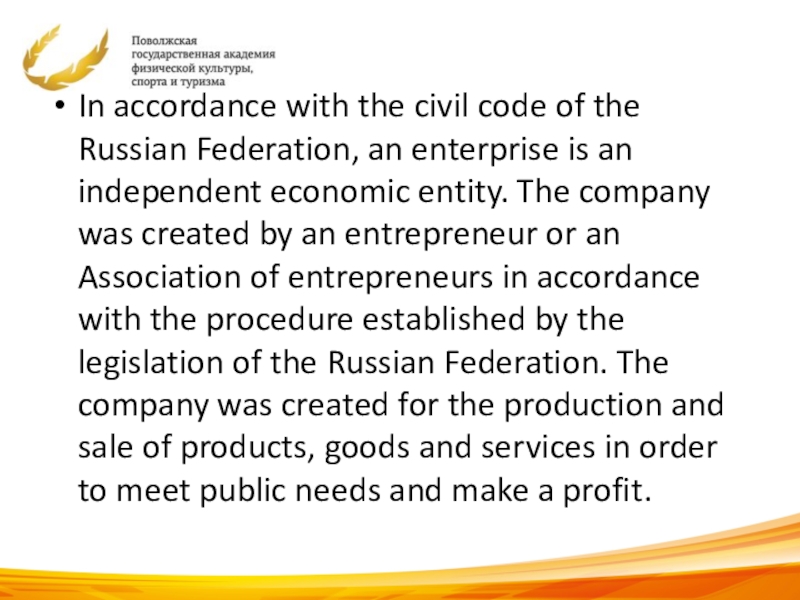
![structure of food companies Legal aspect-юридический аспектIntended-предназначенныйconfectionery [kənˈfekʃən(ə)rɪ]- кондитерские изделияorganization of consumption[kənˈsʌmpʃn]- организация потребления Legal aspect-юридический аспектIntended-предназначенныйconfectionery [kənˈfekʃən(ə)rɪ]- кондитерские изделияorganization of consumption[kənˈsʌmpʃn]- организация потребления](/img/tmb/7/628174/53dc2e5d5aa322a34d84be304cdf2e35-800x.jpg)
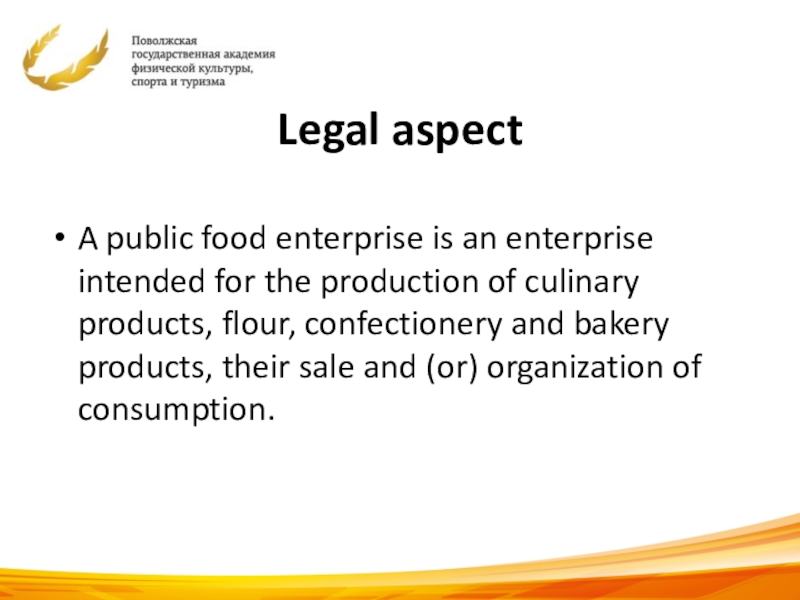

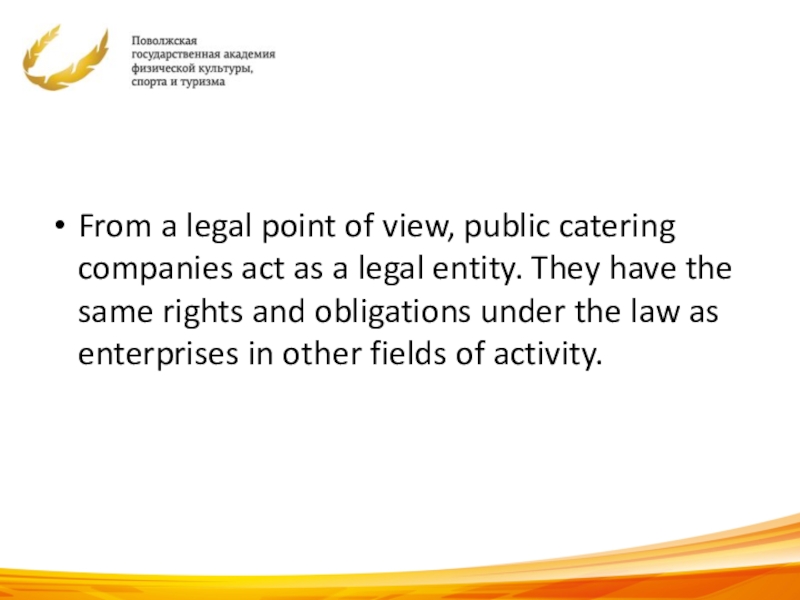

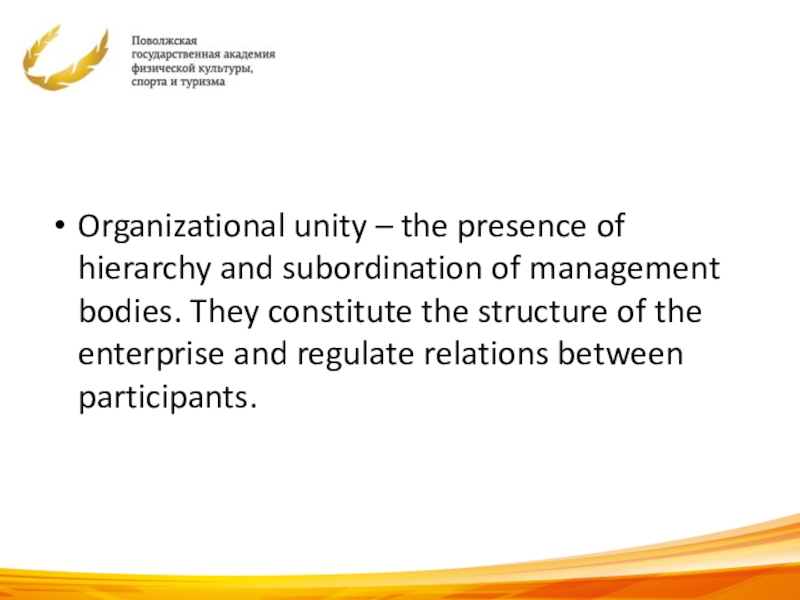
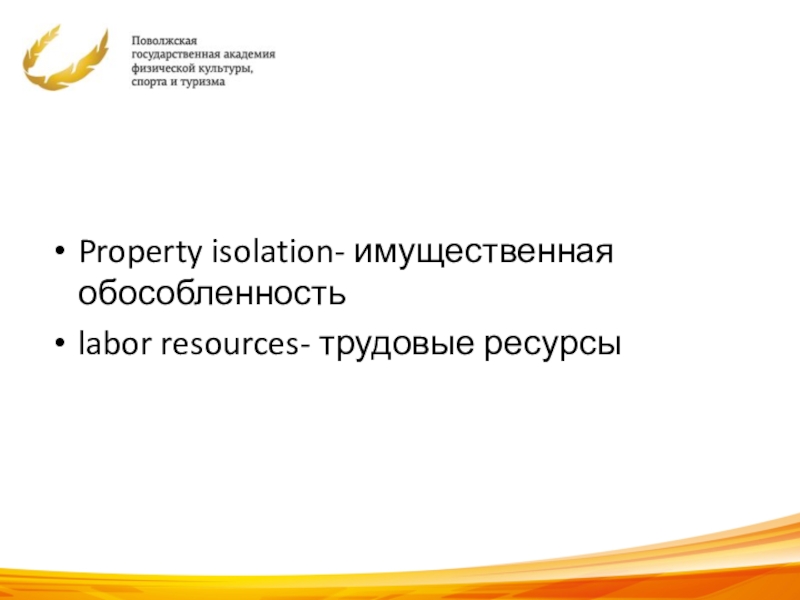
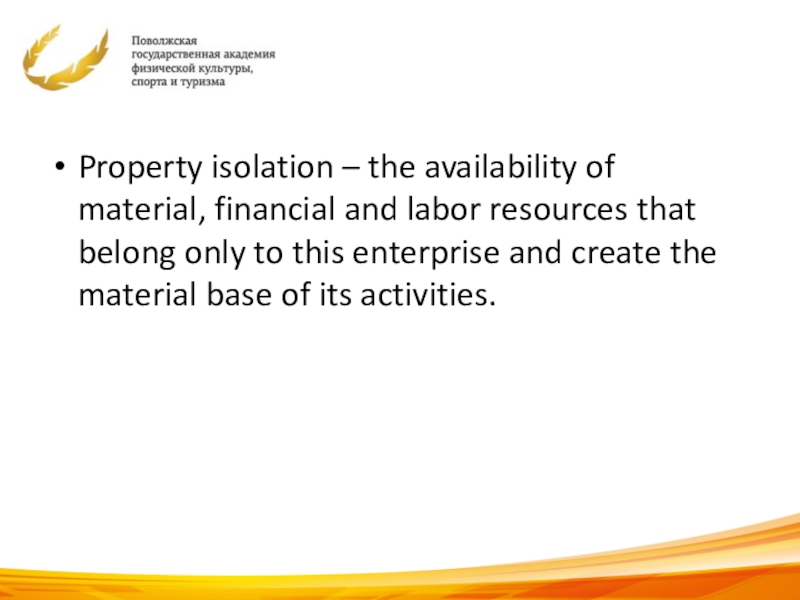
![structure of food companies liability [laɪəˈbɪlɪtɪ]-ответственностьimplement- осуществлениеplaintiff [ˈpleɪntɪf]-истецdefendant [dɪˈfendənt]-ответчикin court [ɪn kɔːt]- в суде liability [laɪəˈbɪlɪtɪ]-ответственностьimplement- осуществлениеplaintiff [ˈpleɪntɪf]-истецdefendant [dɪˈfendənt]-ответчикin court [ɪn kɔːt]- в суде](/img/tmb/7/628174/f59659b67da1546b2d758d04fd2a4144-800x.jpg)
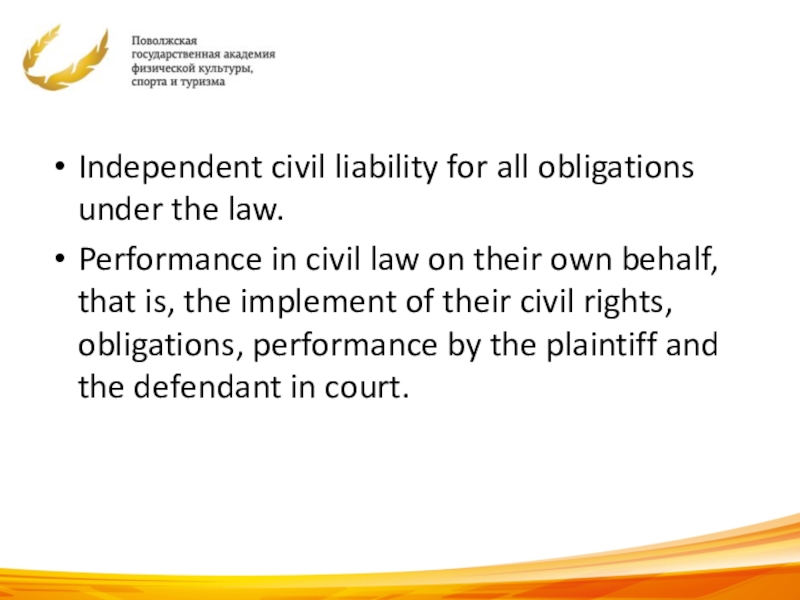
![structure of food companies land plot [lænd plɒt]- земельный участокpremises [ˈpremɪsɪz]- помещенияcutlery [ˈkʌtlərɪ]- столовые приборыdebt land plot [lænd plɒt]- земельный участокpremises [ˈpremɪsɪz]- помещенияcutlery [ˈkʌtlərɪ]- столовые приборыdebt [det]- долг, задолженностьright of claim-право требованияintangible](/img/tmb/7/628174/1b5c7fd776845004a3596eb0606ba2ea-800x.jpg)
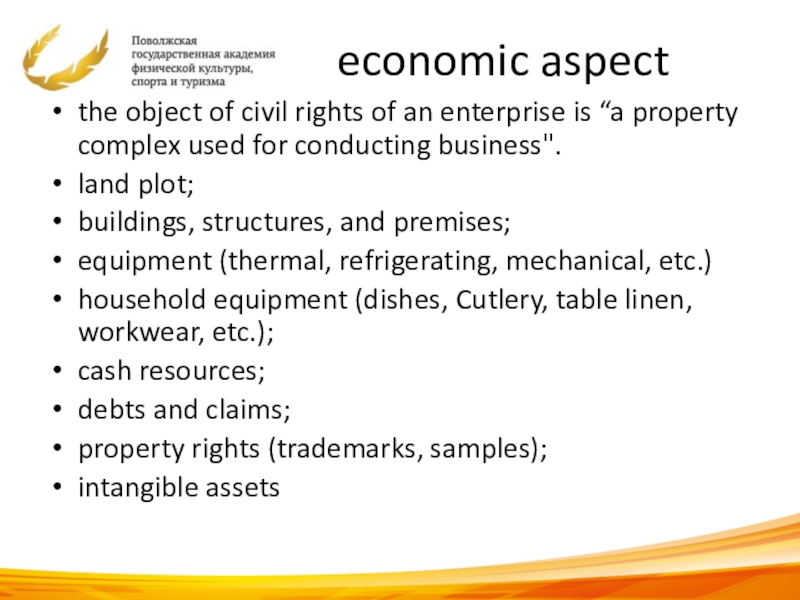
![structure of food companies premises [ˈpremɪsɪz]- помещениеhomogeneous [həˈmɒʤɪnəs] –однородныйraw materials [rɔː məˈtɪərɪəlz] -сырьевые ресурсы premises [ˈpremɪsɪz]- помещениеhomogeneous [həˈmɒʤɪnəs] –однородныйraw materials [rɔː məˈtɪərɪəlz] -сырьевые ресурсы](/img/tmb/7/628174/080b6f7d931f8f7cc62bade77e94208c-800x.jpg)
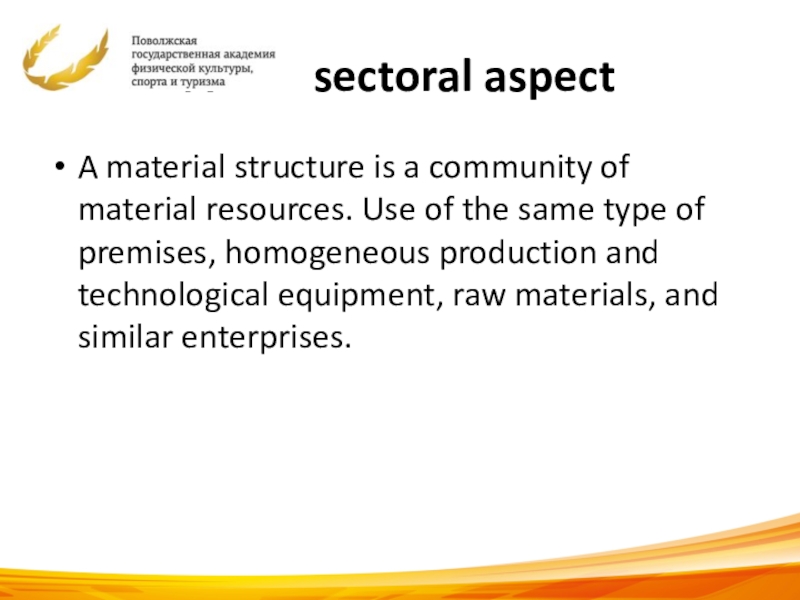
![structure of food companies interconnection [ɪntəkəˈnekʃn] – взаимосвязьwarehouse [ˈweəhaʊs] - складское помещение,auxiliary [ɔːgˈzɪljərɪ] - вспомогательный, interconnection [ɪntəkəˈnekʃn] – взаимосвязьwarehouse [ˈweəhaʊs] - складское помещение,auxiliary [ɔːgˈzɪljərɪ] - вспомогательный,](/img/tmb/7/628174/a33c88a9093ae8cf63ba846b53e9271c-800x.jpg)
